Michael Faraday was an English scientist who contributed to the study of electromagnetism and electrochemistry. His main discoveries include the principles underlying electromagnetic induction, diamagnetism and electrolysis. Take a look below for 30 more fascinating and interesting facts about Michael Faraday.
1. Although Faraday received little formal education, he was one of the most influential scientists in history.
2. It was by his research on the magnetic field around a conductor carrying a direct current that Faraday established the basis for the concept of the electromagnetic field in physics.
3. Faraday also established that magnetism could affect rays of light and that there was an underlying relationship between the two phenomena.
4. He similarly discovered the principles of electromagnetic induction and diamagnetism, and the laws of electrolysis.
5. His inventions of electromagnetic rotary devices formed the foundation of electric motor technology, and it was largely due to his efforts that electricity became practical for use in technology.
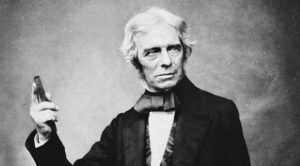
6. As a chemist, Faraday discovered benzene, investigated the clathrate hydrate of chlorine, invented an early form of the Bunsen burner and the system of oxidation numbers, and popularized terminology such as “anode”, “cathode”, “electrode” and “ion.”
7. Faraday ultimately became the first and foremost Fullerian Professor of Chemistry at the Royal Institution, which was a lifetime position.
8. Faraday was an excellent experimentalist who conveyed his ideas in clear and simply language. However, his mathematical abilities didn’t extend as far as trigonometry and were limited to the simplest algebra.
9. James Clerk Maxwell took the work of Faraday and others and summarized it in a set of equations which is accepted as the basis of all modern theories of electromagnetic phenomena.
10. On Faraday’s uses of lines of force, Maxwell wrote that they show Faraday, “to have been in reality a mathematician of a very high order – one from whom the mathematicians of the future may derive valuable and fertile methods.”
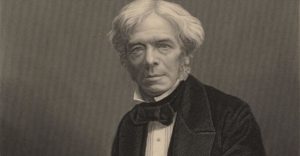
11. The SI unit of capacitance is named in his honor: the farad.
12. Albert Einstein kept a picture of Faraday on his study wall, alongside pictures of Isaac Newton and James Clerk Maxwell.
13. Faraday was born in what is now London, England, and was the third of four children born to a working class family.
14. The family was unable to provide more than a basic education, so Faraday was self-taught.
15. For seven years, he was an apprentice to a bookseller and he read many of the books that he sold.
16. In 1812, he finished his apprenticeship and attended many lectures at the Royal Institution and Royal Society.
17. Faraday sent Humphry Davy, one of the lecturers, a three hundred page notebook based on the lectures. Davy was impressed and on March 1, 1813, appointed Faraday to the post of Chemical Assistant at the Royal Institution.
18. In June 1832, he received an honorary doctorate from the University of Oxford.
19. Faraday studied the nature of chlorine and in 1820 reported the first synthetic compound of chlorine and carbon.
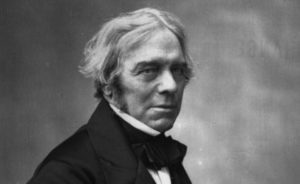
20. He invented several new kinds of glass, one of which was the first substance found to be repelled by the poles of a magnet.
21. His first recorded experiment in electricity was the creation of a voltaic pile from copper coins, sheet zinc and paper dampened with salt water.
22. In 1834, Faraday began experimenting with electromagnetic induction and discovered that when he wrapped two coils of wire around an iron ring, passing a current through one caused an induction current in the other.
23. Faraday completed a series of experiments on electricity which proved that electricity, regardless of its source, was of one type and not several. It was the changing values of current and voltage that produced different observable results.
24. He perfected an optical glass of borosilicate of lead, which he used in his experiments on light and magnetism.
25. He investigated coal mine explosions and reported that coal dust was the explosive component in the mines but his report would be ignored for half a century.
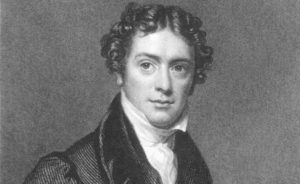
26. Faraday worked on the design and construction of lighthouses and experimented with lighting them electrically.
27. He was an early environmentalist and investigated industrial water pollution at Swansea and air pollution at the Royal Mint.
28. Faraday’s father was a poverty stricken blacksmith who worked in the village of Newington in Surrey, England.
29. Faraday refused to accept a knighthood and declined becoming the President of the Royal Society. He turned down the British Governments request to assist them with the manufacture of chemical weapons, which they intended to use in war.
30. Putting the theory of electric induction into practical use, he made the very first dynamo, which was used in electricity generation. It was this discovery that opened the path to the age of electricity.

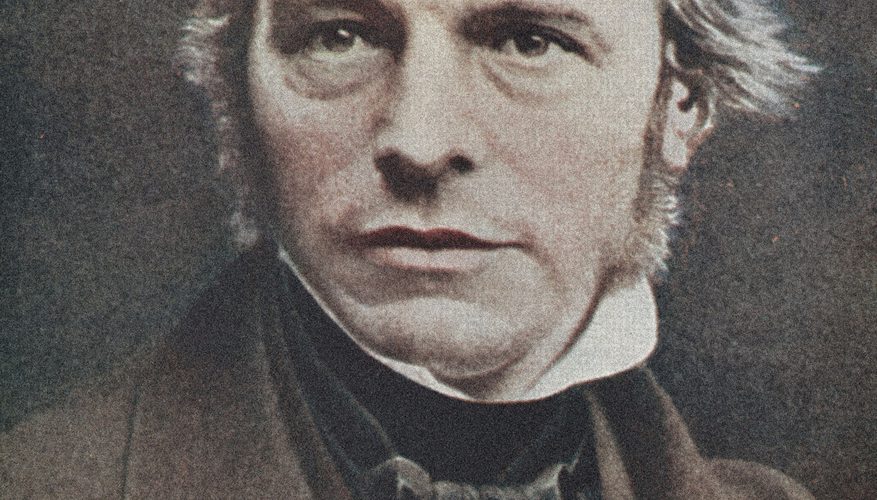

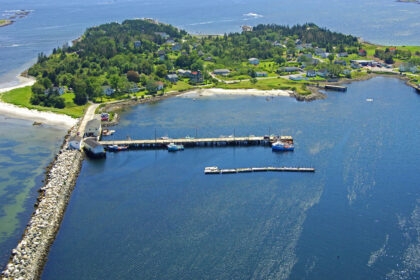
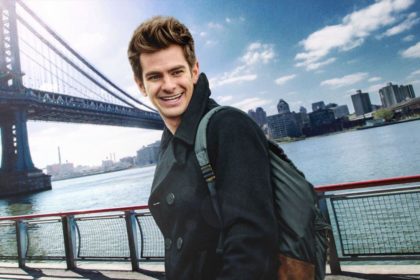
One Comment
Pingback:
July 3, 2018 at 2:29 pm